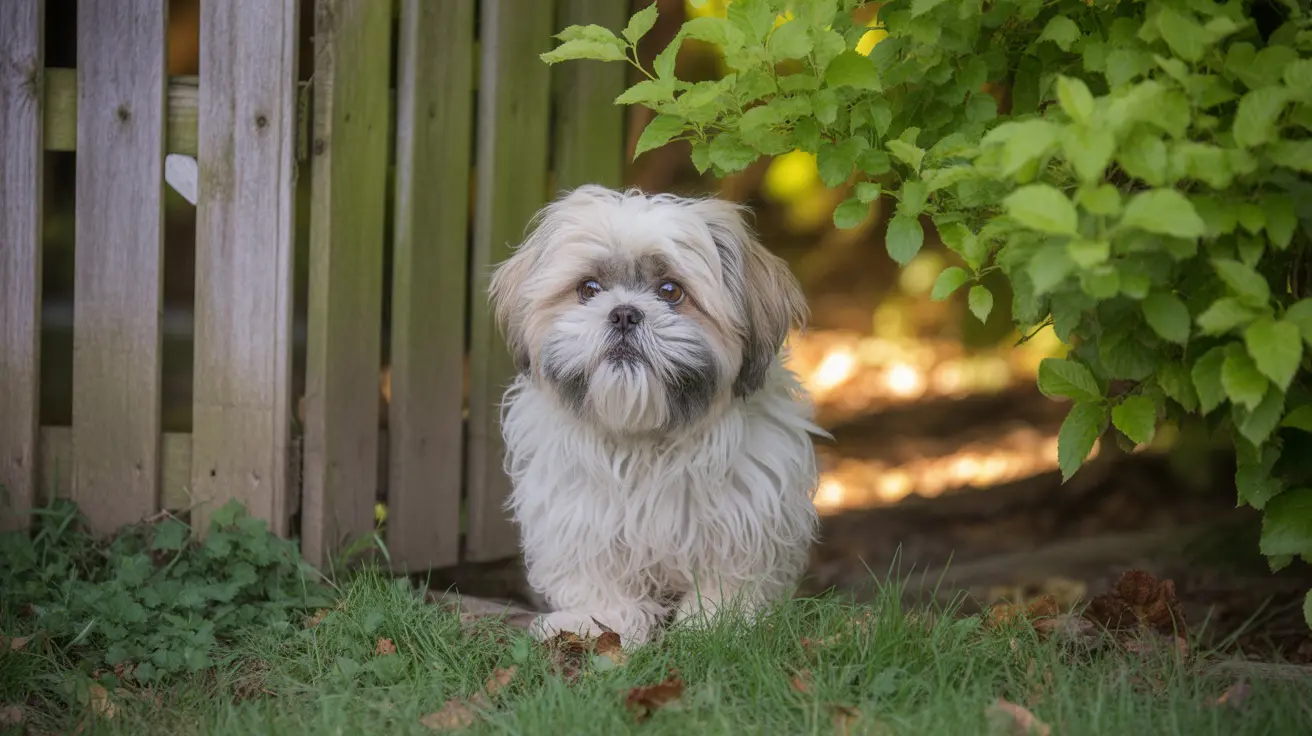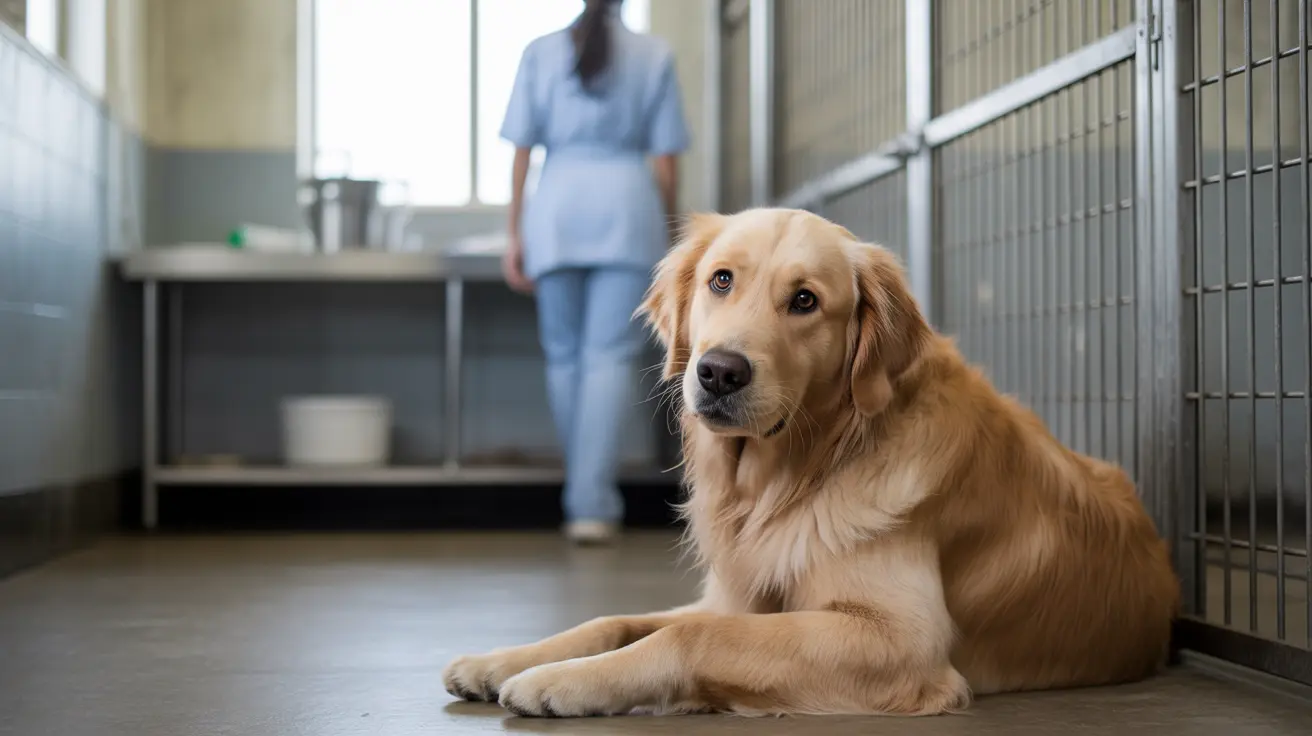How Many Toes Do Dogs Have on Their Back Paws?
One of the interesting physical traits of dogs is the number and arrangement of their toes. While at first glance it may appear uniform across breeds, differences do exist, especially when dewclaws and genetic variations are factored in.
Standard Toe Count in Dogs
Most dogs have a total of 18 toes: five on each front paw and four on each back paw. The fifth toe on the front paws is the dewclaw, located higher up on the leg and typically not in contact with the ground.
- Front Paws: 5 toes each (including dewclaw)
- Back Paws: 4 toes each (standard)
What Is a Dewclaw?
The dewclaw, often compared to a human thumb, can aid dogs in several ways, such as:
- Gripping objects
- Scratching itches
- Climbing
- Offering traction and stability on slippery terrain
While typically found on the front legs, rear dewclaws can also appear in some breeds.
Rear Dewclaws: Breed-Specific Traits
Although most dogs have four rear toes, some breeds may feature rear dewclaws, either single or double. Notable examples include:
- Beauceron
- Briard
- Estrela Mountain Dog
- Anatolian Shepherd Dog
- Icelandic Sheepdog
- Portuguese Sheepdog
- Saint Bernard
Norwegian Lundehund is a rare exception among breeds, often possessing six toes on each foot, totaling up to 24. This helps them climb and maneuver on rough terrain while hunting.
Polydactyly and Genetic Variation
The condition of having extra toes is known as polydactyly. It may be a breed-specific trait or a result of a genetic mutation. Polydactyly often benefits breeds used in snowy or mountainous regions by improving traction and stability.
Dewclaw Attachment and Veterinary Concerns
Dewclaws can be either firmly attached by bone or loosely connected by skin:
- Attached dewclaws can serve functional roles.
- Loose dewclaws are prone to injury and might be removed.
Removal is usually done within the first 3-5 days of a puppy's life. However, in older dogs or if the dewclaw is well attached, the procedure requires anesthesia and stitches.
When Is Removal Recommended?
Veterinarians may advise removal if the dewclaw:
- Is loosely attached and dangles
- Has been injured
- Poses a risk of being torn
Conversely, removal of front dewclaws is generally discouraged unless medically necessary due to their support in locomotion and stability.
Importance of Dewclaw Maintenance
Because dewclaws often don’t wear down naturally through walking:
- They require regular trimming.
- Neglected dewclaws can grow into the skin, causing infection and pain.
- Proper grooming helps prevent injury or overgrowth.
Developmental Insights
Limb development in dogs begins around the 23rd day of gestation. Genetic changes during this phase may result in polydactyly. In many cases, extra toes do not require treatment unless a medical issue arises.
Conclusion
To summarize:
- Most dogs have 4 toes on each back paw.
- Some breeds may have rear dewclaws, increasing the count to 5 or more.
- Dewclaws serve important functions when properly attached and maintained.
- Routine nail care is crucial for overall paw health.
Understanding the anatomy of your dog’s paws can help you manage their grooming and health needs more effectively. If you notice unusual digits or nails, consult your veterinarian for guidance.





